Pneumatic Tube Delivery Systems Are Making A Comeback
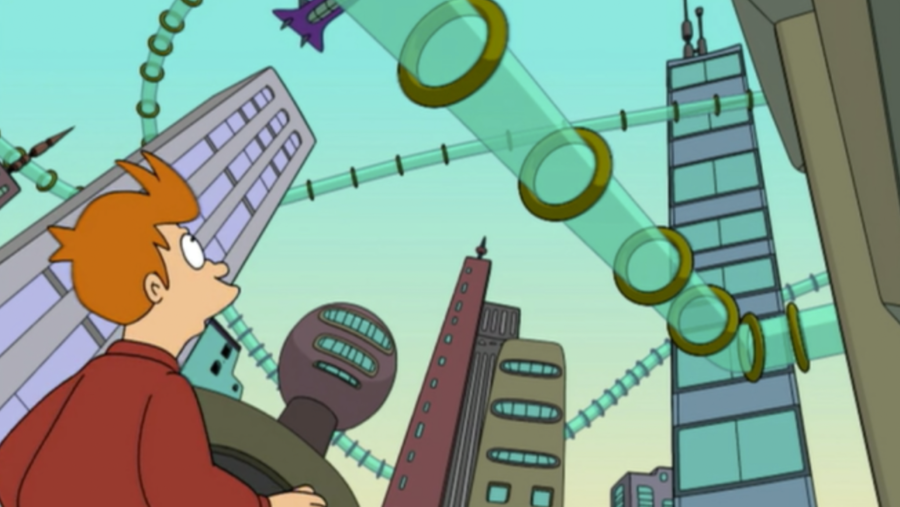
You might be familiar with pneumatic tube delivery systems from TV shows like Star Trek and Futurama, but these systems have a real-life purpose that persisted past their historic use in the 18 and 1900s.
Hospitals never completely phased out the use of pneumatic tubes to deliver equipment and supplies, partly because the sealed vacuum environment can be kept sterile, and objects can be transported long distances without needing to be touched or coming in contact with the outside air.
Pneumatic tubes are making a comeback because of their sealed, safe environments and the ability to intricately control an item’s destination.
Used In Hospitals
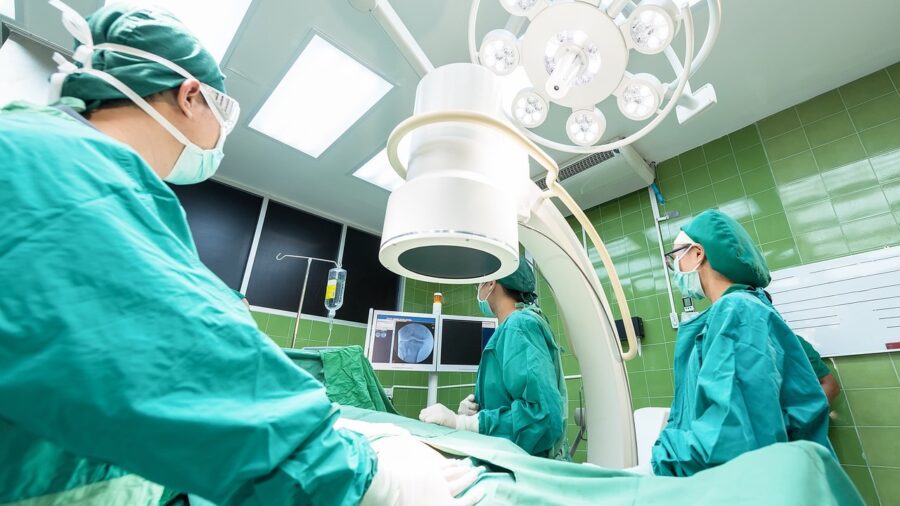
Hospitals use pneumatic tubes largely because they can be sealed, allowing equipment, tools, and medications to travel through the hospital without being contaminated.
They’re faster than a person would be delivering items, and they can be centrally controlled to deliver their contents to a specific floor and location, making them a very efficient distribution system.
The ability to seal in surgical tools and equipment to transport them free of contamination makes pneumatic tubes a perfect solution for hospital environments.
Transporting Garbage

Pneumatic tools aren’t only used in hospitals these days, though. They can also be found in buildings that use them to transport garbage to be disposed of.
This convenient feature allows apartment building residents to put their garbage into a chute-like device to be sucked into a tube system and delivered to dumpsters and recycling bins far from the point of disposal.
Adding tubes like this to a garbage disposal system eliminates the need to transport trash through a building potentially causing spills, smells, and spreading germs.
Great For Agriculture
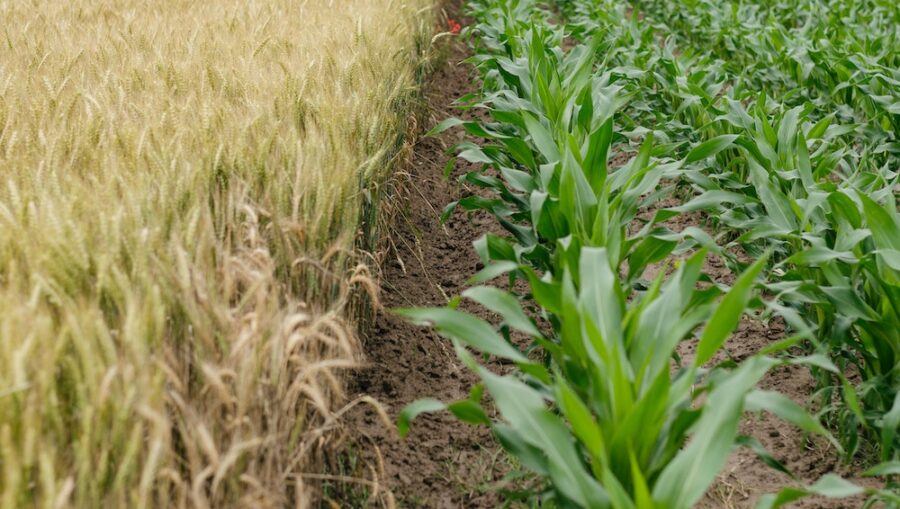
Pneumatic tubes are making a comeback in industries that do a lot of sorting as well. For instance, in agriculture, they are used to automating produce distribution systems, allowing processing to happen much more quickly, and sorting fruit and other products efficiently.
An added bonus is that the tubes are sealed, cutting down on produce getting wet or spreading disease from plant to plant by keeping fruit and other products inside their respective tubes.
Pneumatic tubes for agriculture can allow packaging by weight and type, eliminating the need to hand-sort much of the product being harvested.
Cannabis Industry
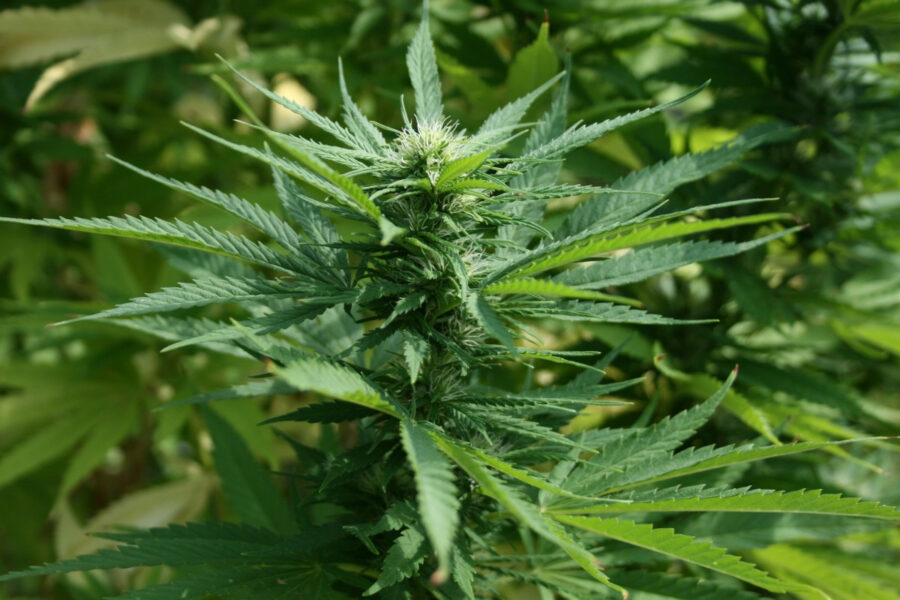
Another area of agriculture adopting pneumatic tubes for efficiency and safety is the cannabis industry.
Dispensaries can use a pneumatic tube system to deliver cannabis without the need for handling by people between the shelf and the recipient.
Pneumatic tubes are available with security systems built in to prevent unauthorized people from accessing the contents, making them a safer and more secure way to distribute and sort products for consumers.
Added Security For Banks
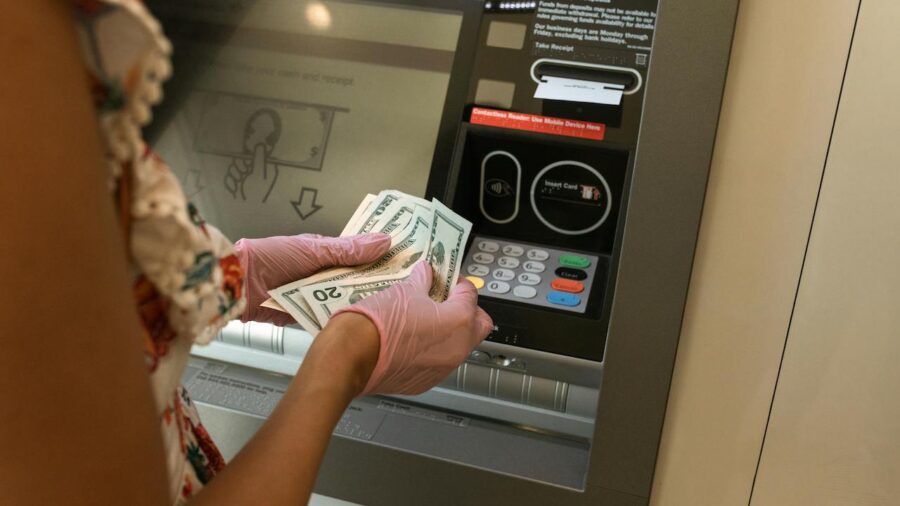
You might have seen banks using pneumatic tubes to deliver cash internally to tellers and staff. This system was put in place in the mid-1900s to improve security and speed in distributing cash throughout the bank building.
While these systems have been viewed as outdated, modern technology like identity verification at the point of delivery for the tubes has caused an uptick in the use of this automation machinery. It adds a level of security for bank personnel.
Futurama Next?

It’s impressive that a technology that was first put to use in the 1850s would be making such a strong comeback. However, the persistence of pneumatic tubes in sorting and delivery systems in hospitals and banks led to a resurgence of the technology as other industries turned to increased automation.
The introduction of computer controls in pneumatic tube systems has increased the appeal for manufacturing and other industrial applications. Modern control systems can easily be applied to the old-style pneumatic tubes to improve their efficiency and improve security and safety.












